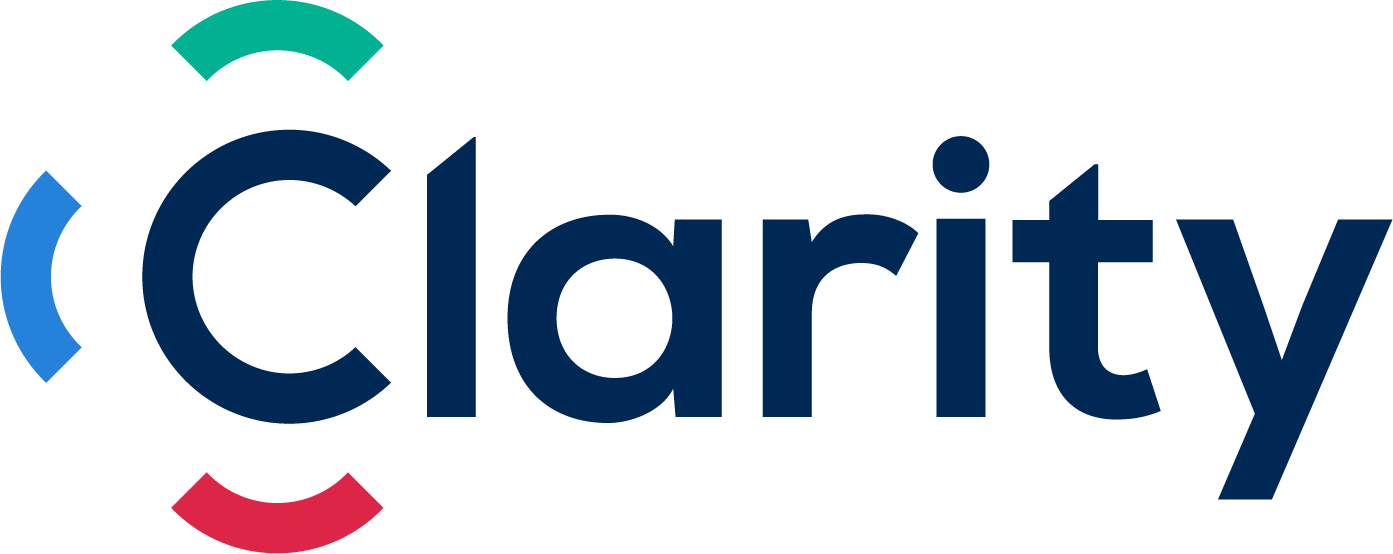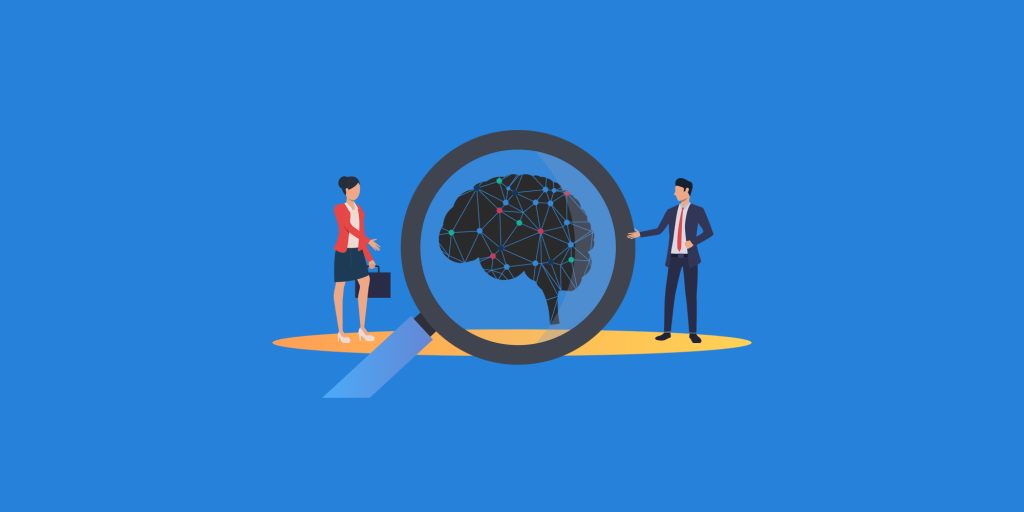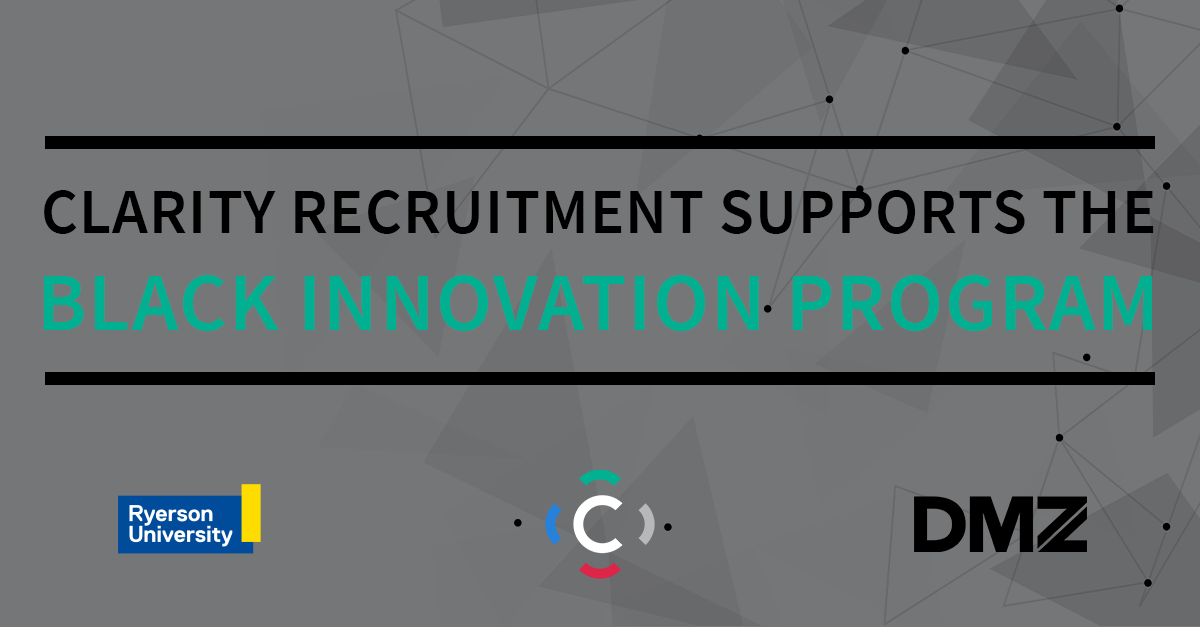[vc_row row_height_percent=”0″ overlay_alpha=”50″ gutter_size=”3″ column_width_percent=”100″ shift_y=”0″ z_index=”0″ enable_top_divider=”default” top_divider=”step” shape_top_h_use_pixel=”true” shape_top_height_percent=”55″ shape_top_color=”color-uiui” shape_top_opacity=”100″ shape_top_index=”0″][vc_column width=”1/6″][/vc_column][vc_column width=”4/6″][vc_single_image media=”44066″ media_width_percent=”100″ media_ratio=”sixteen-nine” alignment=”center” shape=”img-round” radius=”std”][/vc_column][vc_column width=”1/6″][/vc_column][/vc_row][vc_row row_height_percent=”0″ override_padding=”yes” h_padding=”2″ top_padding=”1″ bottom_padding=”0″ overlay_alpha=”50″ gutter_size=”3″ column_width_percent=”100″ shift_y=”0″ z_index=”0″ top_divider=”step”][vc_column width=”1/6″][/vc_column][vc_column column_width_percent=”100″ align_horizontal=”align_center” gutter_size=”3″ override_padding=”yes” column_padding=”1″ overlay_alpha=”50″ shift_x=”0″ shift_y=”0″ shift_y_down=”0″ z_index=”0″ medium_width=”0″ mobile_width=”0″ width=”4/6″][uncode_share layout=”multiple” bigger=”yes”][/vc_column][vc_column width=”1/6″][/vc_column][/vc_row][vc_row row_height_percent=”0″ overlay_alpha=”50″ gutter_size=”3″ column_width_percent=”100″ shift_y=”0″ z_index=”0″ top_divider=”step”][vc_column width=”1/6″][/vc_column][vc_column width=”4/6″][vc_column_text]Whether you’re looking for your next caffeine fix or figuring out who to hire, we like to think that we are making sound, rational decisions, but what about the impulses, heuristics and hidden biases that come into play? Curious about how your brain is wired to think when it comes to hiring? Find out through this thought experiment in the short slides below.
When it comes to coffee, when presented with just two options – one small, one large, many people struggle to choose. The Compromise Effect comes into play, a tendency to avoid extremes and choose the middle option (as you may have done yourself above). People tend to shy away from extremes in any decision and it is no different when hiring.
People tend to shy away from extremes with any decision
Hiring managers become afraid to under or overhire for a position, and ultimately shy away from the cheapest and most expensive options. The middle isn’t always the best option and you can easily end up ruling out the right candidate for the job.
Confirmation Bias Creeping In
In terms of spotting the highest performer, based on the limited information provided with just the job title, degree and photo, it is near impossible to predict. How did your pick evolve as more data points were provided? You may have found Confirmation Bias started creeping in whereby you search for, interpret, favour, and recall information that confirms or supports one’s prior personal beliefs or values, and reject information that casts doubt. If you went to Queen’s, you may have an affinity for the program and elevate that candidate because of this. You may be validating your own background. Harvard graduates, on the other hand, are generally brilliant, so isn’t this the one?
Once you know the company that the individual works for, your decision may change once again if you have an impression of what kind of person works at those organizations. Do you consider this a high or low performing organization? Ray Dalio fans might look at this and definitively select Option A. The truth is, we lack important information if we don’t yet know how big the team is that they manage, the risks and complexities they face or their overall scope.
Adding in career progression in terms of years experience and salary only complicate matters. What do we infer from one’s salary? If we believe that the market adjusts for performance, the market will set an accurate value and pay for it. Or perhaps you believe there is an opportunity to find value that hasn’t been realized. How do you weigh these attributes? The reality of this is we are trying to do mental calculus and our brain breaks. So we start to fill in the blanks using heuristics and biases. What happens is, in the end, we are consistently inconsistent.
Understand the Context
With an awareness of some of the biases that can come into play in hiring, how do you go about improving your decision-making process to improve your hiring outcomes?
It’s key to first understand your company and the stage it’s at. Write down the reason this role exists and what it will accomplish for you. Turn this into a more robust job description to provide the necessary context that will be used to recruit on for this role. It should contain what the person does, who they do it with and how they need to do it. It should have a timeline that ties to deliverables.
Once you’ve produced a contextual job description, you can now develop a scorecard with knockout criteria that you’ll use to score each candidate.
Example: We need stock-based compensation programs built by Month 3. The candidate has previous experience building stock-based compensation models. Yes or No. Score = ?
Reduce the bias wherever possible. Use the scorecard to conduct a first round of “knockouts”. This is the simplest way to use an algorithm to improve your decisions. It’s valuable to consistently revisit the job description after every interview to “reset” your brain. Every candidate you meet and every resume you review shifts your perception of what is needed in the job. [/vc_column_text][/vc_column][vc_column width=”1/6″][/vc_column][/vc_row][vc_row][vc_column column_width_percent=”100″ align_horizontal=”align_center” gutter_size=”3″ overlay_alpha=”50″ shift_x=”0″ shift_y=”0″ shift_y_down=”0″ z_index=”0″ medium_width=”0″ mobile_width=”0″ width=”1/1″][uncode_block id=”16710″][/vc_column][/vc_row]




